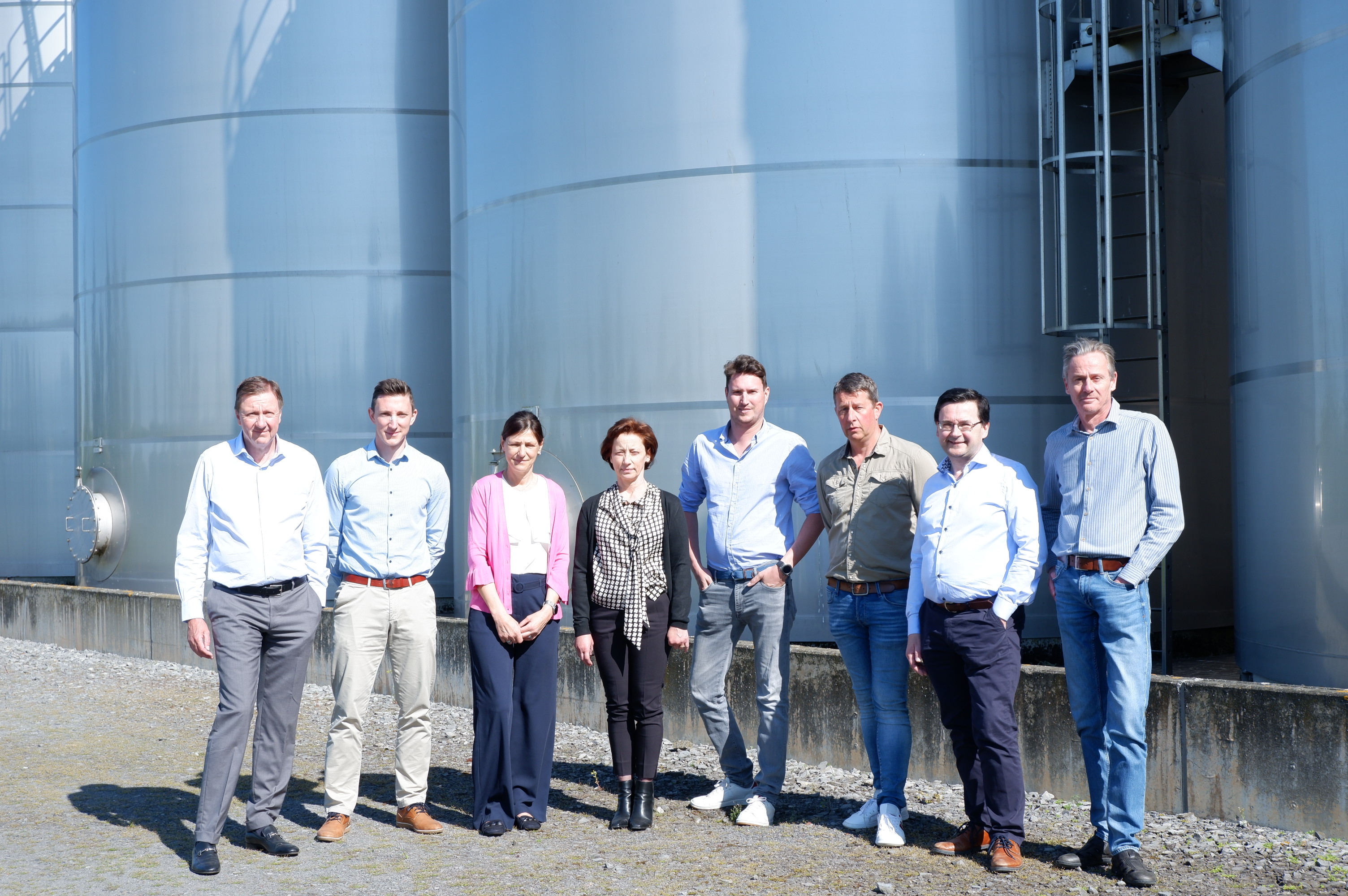our history
1904
Scaldis started crushing oilseeds in the early 1900s. Scaldis – Latin for Schelde – reflects our location next to the river and our direct water connection with several European main ports.
The use of Linseedoil as a paint ingredient goes back as far as the ancient Egyptian culture. Dutch painters like Rembrandt highly appreciated the quality of Linseed Standoil to make his concentrated pigment pastas. During the second half of the 18th century, industrial printing and inks were developed based on Linseedoil.
Our region has always been related to the linen cloth industry and hence there is a flourishing Linseedoil industry in Flanders/Belgium. The Linseedoil is either used locally or exported to over 60 countries worldwide now. Linseed cake is a valuable ingredient in animal feed (all-mash) in the wider region here.
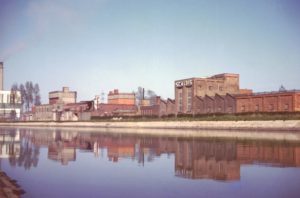
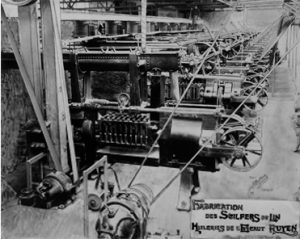
TODAY
Today
Thanks to continuous process improvements and a focus towards processing Linseed, Linseedoil & Derivatives, Scaldis is now recognised as one of the leading producers and exporters in our business sector. Our on-site storage capacity of some 16.000 ton gives us an enormous flexibility, both in terms of production facility as towards our customers. We strive every day to be a reliable, competitive and flexible partner. We are home supplier to most of the industry leaders in their business sector and geographical area.
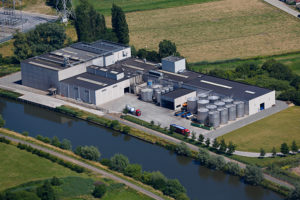
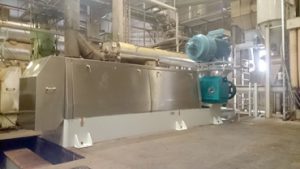
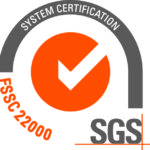
Scaldis is the only European crusher that:
• is completely vertically integrated, with a home-refinery
• has a direct water connection
• has impressive on-site storage facilities for seed, cake and oil
• is FSSC22000 certified for Food applications
This is an unique set of advantages that you will find nowhere else in Europe
